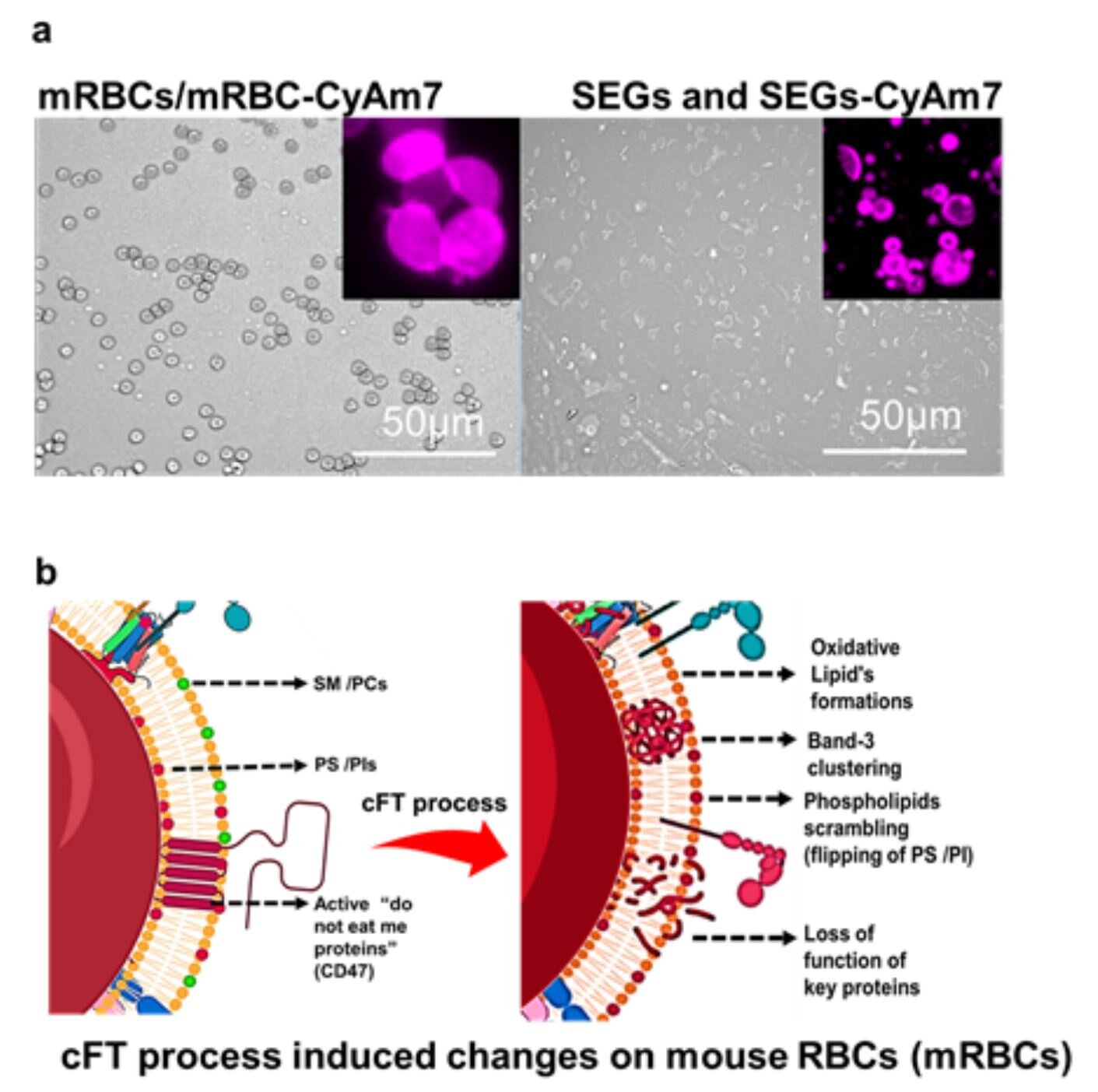

Jason R. McCarthy, Ph.D., associate professor of biomedical research and translational medicine and scientific operations director at MMRI, recently published a study titled, “Biomimetic Nanomaterials for the Immunomodulation of the Cardiosplenic Axis Post-Myocardial Infarction.”
The study details how, when targeted specifically to the spleen, histone deacetylase (HDAC) inhibitors, chemical compounds that can be used to treat cancers and other diseases, can potentially improve the healing response following a heart attack.
Normally, immune cells migrate from the spleen to the heart after a heart attack in response to injury. Here, McCarthy and his team found that they could design nanomaterials that mimic dead and dying red blood cells, causing them to be retained in the spleen and enabling them to deliver inhibitors that modulate the inflammatory response.
Notably, this targeting strategy significantly decreases cardiac scar size and the preservation of heart function, even after just one dose, when given within two hours of heart attack injury.
According to the CDC, heart disease is the leading cause of death in the United States, which affects approximately one in five Americans. As a result of McCarthy’s findings, there is a potential for his strategy to be used more clinically to significantly reduce cardiac damage and possibly prevent a second event or an arrhythmia following a heart attack.
“We are thrilled to have our study published in Advanced Materials, one of the leading journals in this field of research,” said McCarthy. “This novel concept may have far-reaching applicability for the treatment of a number of both acute and chronic conditions where the spleen may be involved.”
Looking ahead, McCarthy and his team will use these findings to focus on the mechanisms leading to this therapeutic effect and investigate these materials in several other diseases, such as lupus and pneumonia.
More information:
Rajendran JC Bose et al, Biomimetic Nanomaterials for the Immunomodulation of the Cardiosplenic Axis Postmyocardial Infarction, Advanced Materials (2023). DOI: 10.1002/adma.202304615
Provided by
Masonic Medical Research Institute
Citation:
Study details how biomimetic nanomaterials can minimize damage after a heart attack (2023, December 20)
retrieved 20 December 2023
from https://phys.org/news/2023-12-biomimetic-nanomaterials-minimize-heart.html
This document is subject to copyright. Apart from any fair dealing for the purpose of private study or research, no
part may be reproduced without the written permission. The content is provided for information purposes only.





